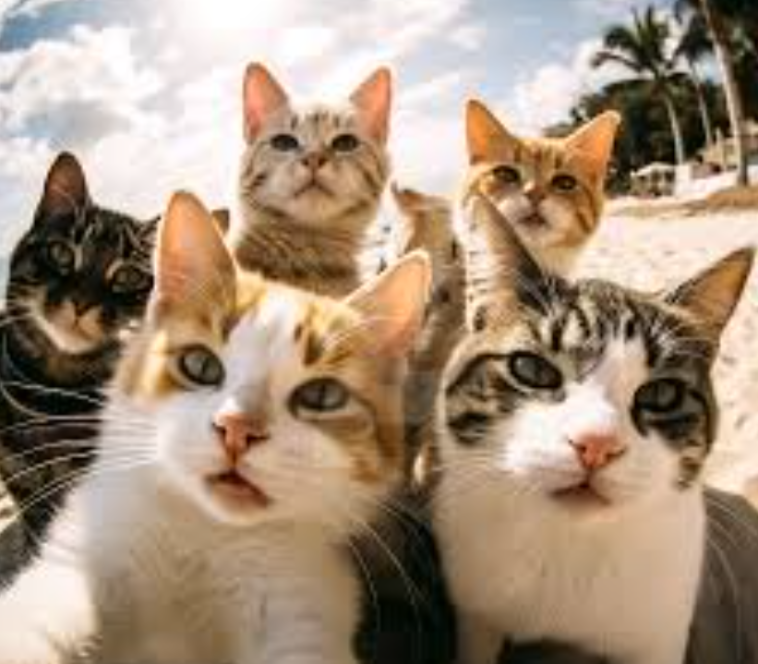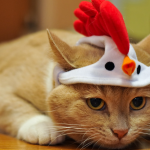Causes and Solutions:
- Periodontal Disease: Regular professional teeth cleanings are essential to tackle plaque and tartar buildup. Daily brushing and dental diets/treats can prevent recurrence.
- Lymphocytic Plasmacytic Stomatitis: A severe inflammation linked with various infections may necessitate tooth removal, antibiotics, and proper veterinary care.
- Oral Cancers: If detected late, the prognosis for oral cancers like squamous cell carcinoma is generally poor. Early diagnosis is crucial.
- Kidney Disease: Foul breath resembling ammonia or urine odor might indicate kidney disease. A vet examination, blood test, and urinalysis are vital for diagnosis. Management involves dietary changes and addressing associated complications.
- Diabetes: A fruity odor in breath, excessive drinking, increased urination, and weight loss could point to diabetes. Insulin therapy helps manage it effectively.
- Liver Disease: Symptoms include foul breath, jaundice, lethargy, poor appetite, and increased drinking/urination. Treatment depends on the underlying cause.
Diagnosis and Vet Check:
- Complete Health History: The vet will gather details about your cat’s health.
- Physical Examination: Includes oral checks to detect visible issues.
- Diagnostic Tests: Blood work, urinalysis, and further tests might be necessary to identify underlying medical issues.
Preventive Measures:
- Maintain Dental Hygiene: Regular brushing, dental diets, treats, or wipes help prevent plaque.
- Veterinary Check-ups: Routine vet visits are vital for early detection and prevention of potential issues.
- Monitor Changes: Regularly observe your cat for any shifts in behavior, appetite, water intake, or litter box habits.
By staying vigilant about your cat’s oral health and overall well-being, you can detect issues early and provide timely treatment, ensuring your feline friend enjoys fresh breath and good health.




